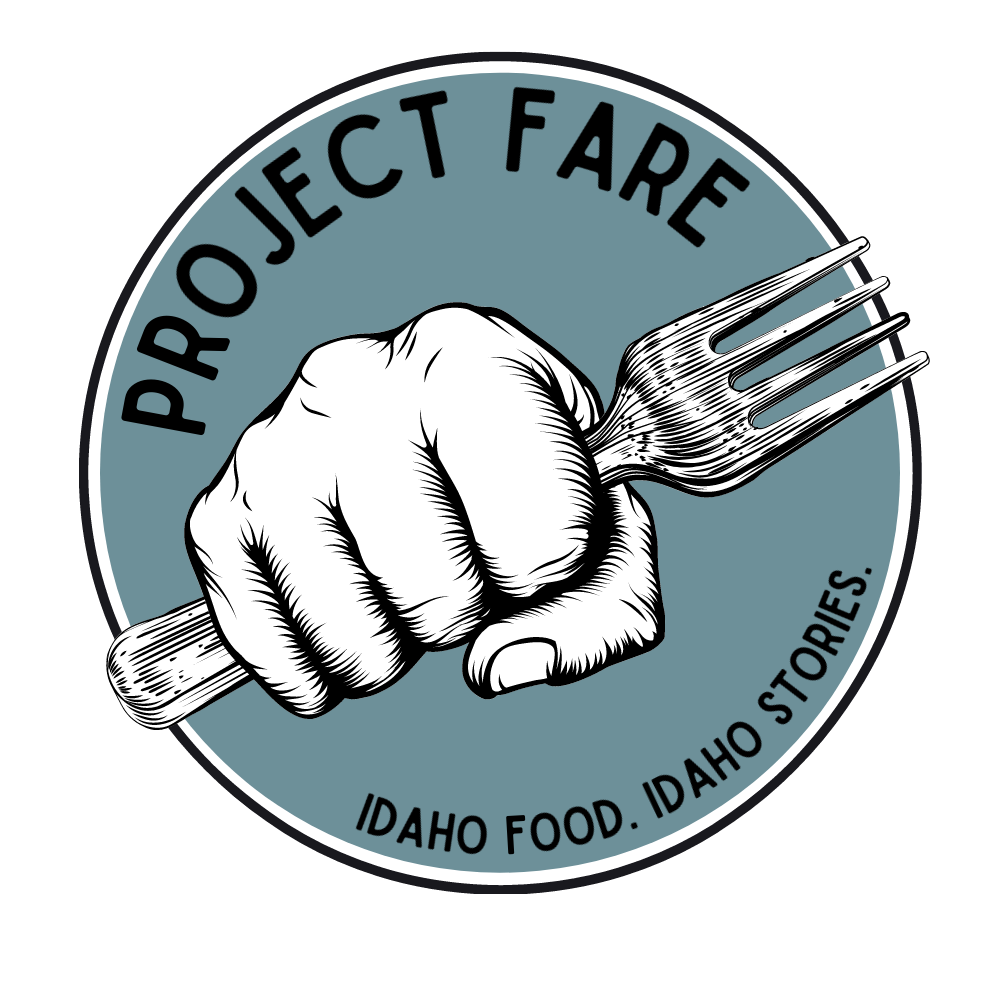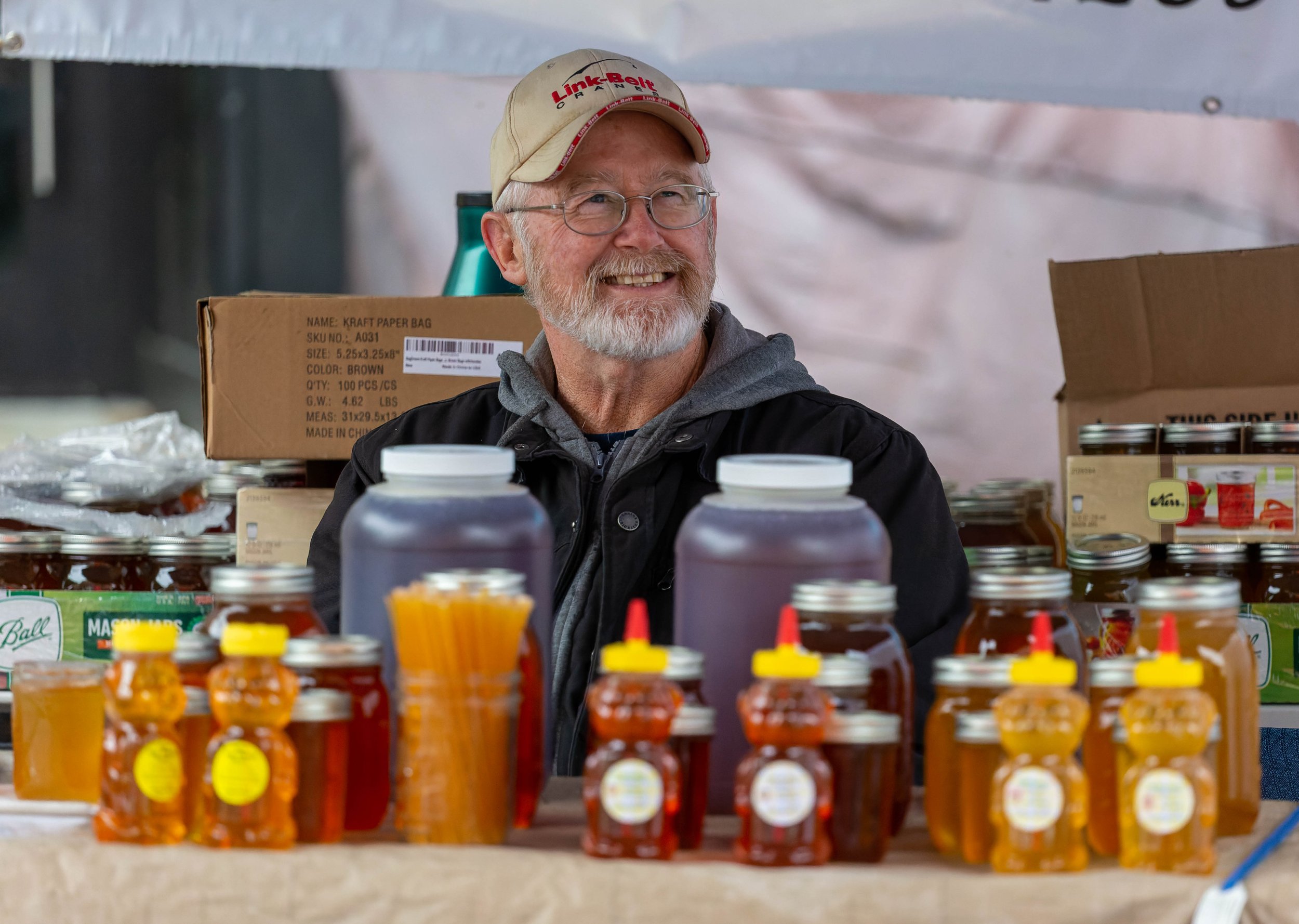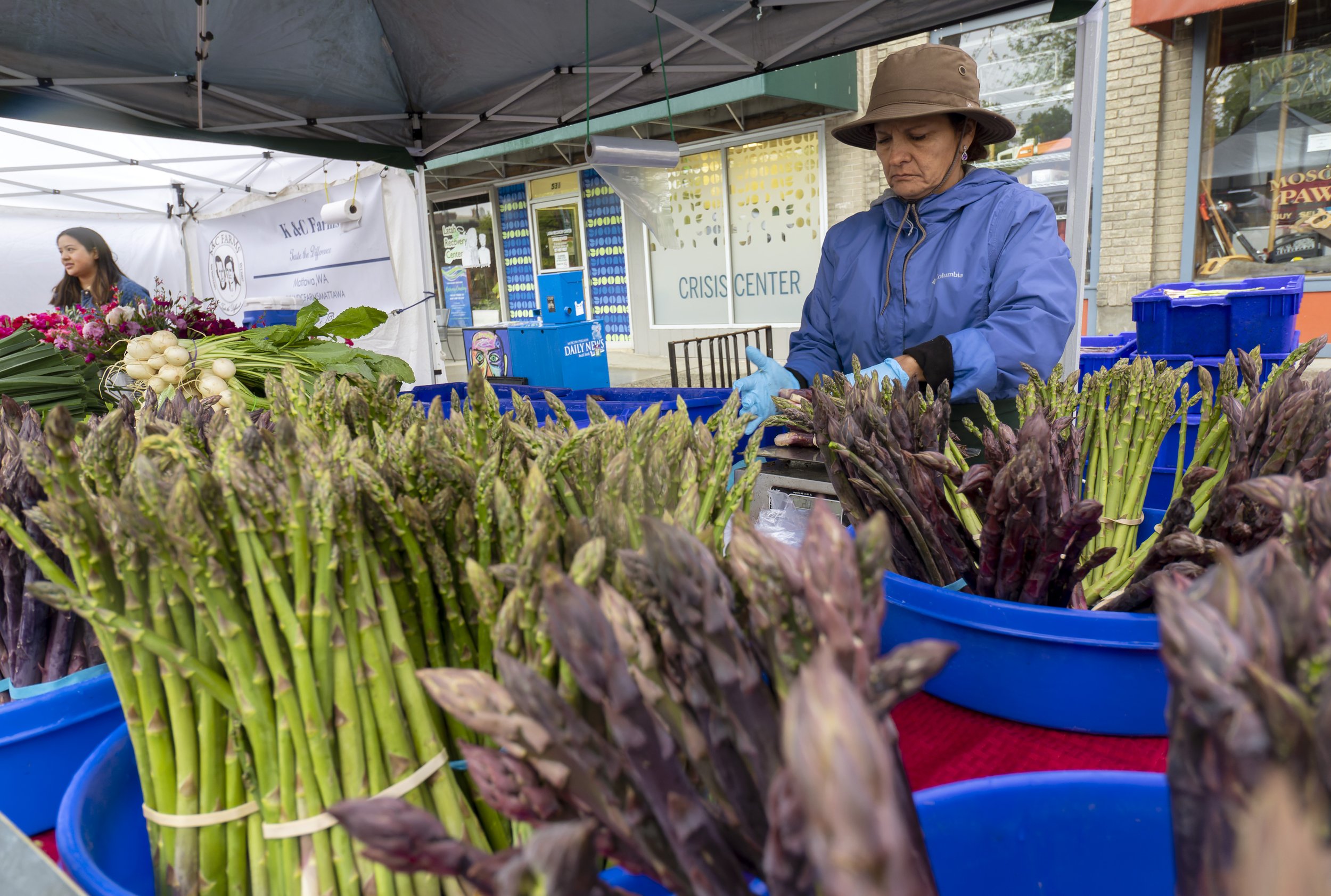Idaho farmers markets get creative to help low-income people
Story by Kurt Orzeck
There is little debate that farmers markets, despite having existed for centuries, are one of the bright spots in contemporary American culture. The ever-bustling agoras serve as unofficial ambassadors to the weekends across the United States, promoting healthy eating, local businesses, community engagement — the beloved culinary facets of American life many feared corporate behemoths like Monsanto and Dow Chemical Company were about to demolish not long ago.
However, as with so many feel-good trends justifiably championed by middle- and upper-middle-class Americans, other demographics are often ignored in discussions praising farmers markets. Low- and no-income classes don’t have the ability to indulge at aroma-filled farmers markets — or so it would seem.
SNAP benefits are transferred into these tokens at Idaho farmers markets | Photo by Geoff Crimmins
SNAP at the markets
The Supplemental Nutrition Assistance Program, the food stamp program better known as “SNAP,” provides access for low-income individuals and families to farmers markets in Idaho. The State Department of Agriculture frames the opportunity as a win-win, claiming SNAP also delivers more dollars to farmers market vendors who can sell to a broader base of customers.
As with any government program, there are many hurdles and restrictions. A prospective customer who wants to use food stamps at a farmers market must go to a market manager’s booth, where they must extract SNAP funds from an Electronic Benefits Transfer (EBT) card to receive an equivalent amount of tokens which, in turn, are used to buy select food products from vendors.
At farmers markets, SNAP funds generally can’t be spent on warm foods, such as those sold at food trucks. Rather, the tokens are limited to eggs, fruits, honey, meats, produce, vegetables, and seeds and plants that be grown.
Jeralynne Bobinski, market manager at the Nampa Farmers Market, noted a few rare exceptions.
“Some food trucks sell packaged food you can take home,” she said. “For instance, we have a vendor who sells six-pack tamales, and even though he’s a ready-to-eat vendor, people can purchased (uncooked) ones to take home.”
There’s more than just food stamps
Some farmers markets in Idaho offer another opportunity for low-income customers through a program called Double Up Food Bucks (DUFB), coordinated in partnership with the Idaho Farmers Market Association. As part of that effort, participating farmers and vendors double the value of the food stamp benefits spent on their fruits and vegetables, benefiting both them and the customers.
Madison Huck, marketing manager of the Farm to Fork Farmer’s Market in Caldwell, said they provide a one-to-one match with DUFB of up to $10, but only for fruits and vegetables. Her team partnered with the University of Idaho for a program similar to EBT in which seniors can receive weekly vouchers of $4-$6 for fruits, vegetables, food-producing plants, herbs and eggs.
“It’s rooted in our brand as an agricultural city and our heritage to embrace all members of the Caldwell community, regardless of their income background,” she said.
Another organization, Moscow-based Backyard Harvest, launched more than 10 years ago to link small-scale food owners with excess produce to those most in need of it. The organization, which serves farmers markets in Moscow and Pullman, Washington, buys back the aforementioned tokens from the vendors for cash.
“Farmers markets can be expensive, so we find ways to encourage people who are strapped for cash to be able to access them,” executive director Beau Mosman said. He noted that Backyard Harvest continues to grow in popularity thanks to word spreading in the community.
Amanda Argona, who serves as community events manager of the Moscow Farmers Market, noted that they also offer the Farmers Market Nutrition Program for Women, Infants and Children (WIC). That program provides additional coupons to WIC participants to buy eligible food from farmers beyond their regular benefits. Argona added that the Moscow Farmers Market incentivizes bicyclists with bonus food tokens.
Patrons of the Moscow Farmers Market carrying their goods | Photo by Geoff Crimmins
Markets on the move
As one would expect, the current economic climate in the U.S. is forcing good samaritans to become more innovative and resourceful with their efforts to feed the under-served.
Case in point: The Mobile Market, an extension of the Boise Farmers Market, is a van that makes stops during the week in areas where individuals on fixed incomes and elderly people can obtain nutritious, inexpensive, organic food.
“We provide a resource for communities that would otherwise be stuck in food deserts,” manager Melissa Nodzu said. “Sometimes we have a line of 10 to 20 people. Sometimes we give food away. Whatever the case, we make sure people get food in their stomach.”
CheRee Eveland, manager of the Meridian Main Street Farmers Market, said she collaborates with Boise Vertical Farm, a nonprofit recovery house, to supply them with products for their greenhouse.
“There is always a line at the food bank now. COVID has hit a lot of people really hard, and rent is getting higher,” Eveland said. “Efforts to feed our neighbors are more important now than ever.”










